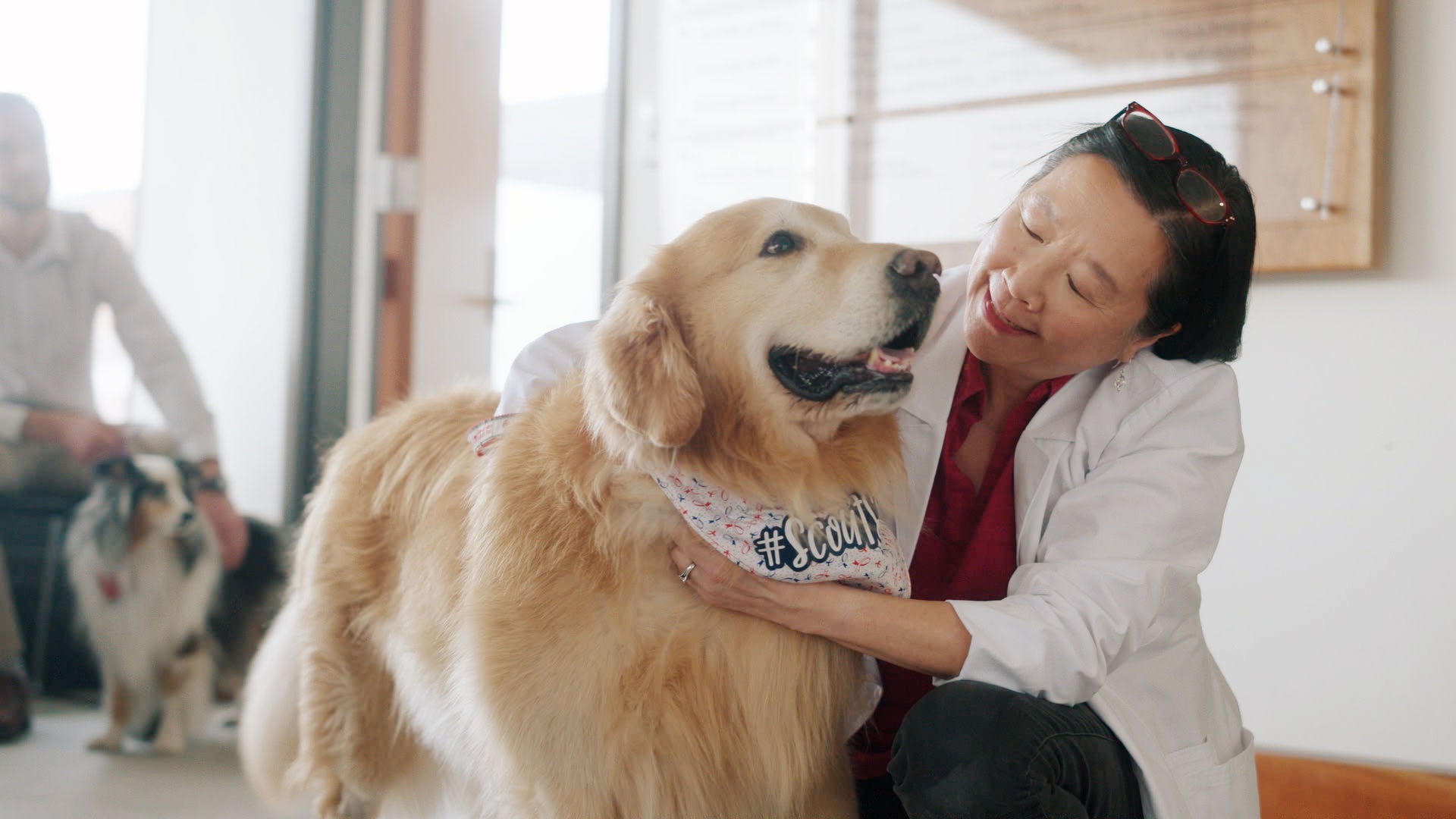Whether toys, food or vet care, pet owners are feeling the burden of rising costs.
Dog owners pay upwards of $400 in annual routine medical care and prevention while cat owners pay about $300 each year, according to the American Society for the Prevention of Animal Cruelty.
In September, the Consumer Price Index for pet food was up nearly 14 percent from a year earlier. Still, retailers Petco and Chewy say pet owners are seeking out premium foods despite increasing costs.
Stay informed on the latest news
Sign up for WPR’s email newsletter.
Dr. Julia Bates of Madison Mobile Veterinary Specialists recently joined Wisconsin Public Radio’s “The Morning Show” to offer money saving advice for pet owners. She discussed what to know about vet visits, insurance and preventive medicine.
This interview has been edited for clarity and brevity.
Kate Archer Kent: How does a vet clinic determine and set service and procedure pricing?
Dr. Julia Bates: A lot of it comes down to what they have to pay their providers, where they get medications and drugs and supplies. A lot of the supplier’s costs have gone up. They’ve added surcharges for fuel, so those costs have risen significantly. Wages have gone up, which is good. Paying for buildings — all of those things play into that and cost, it’s a pretty uniform. A lot of clinics are being taken over by big corporations. They get better pricing just like pharmacies get better pricing on drugs. But a lot of those are fixed costs, which you just really can’t get around, unfortunately.
KAK: If a pet owner is struggling to pay for vet care or for an upcoming procedure, what would you recommend?
JB: Pet insurance is something to consider. The tough part about pet insurance is that once you have a problem diagnosed, it’s too late. The pet insurance isn’t going to cover that. So it’s best to think about that earlier. Another option would be to put aside money every month into a savings account to save that money for pet care.
KAK: Do clinics typically give out their price menu for services like exams and vaccines and blood work if they’re asked to do it?
JB: If you call, they will tell you what the costs are. But unlike a restaurant, it’s not posted on the door. The hardest part is to know what you need. If it’s just vaccines, that’s easy, right? What does it cost to get a rabies vaccine? It’s $35 or plus you need an exam, which is $60 or whatever it costs. But if it’s something more advanced, or like some sort of surgery, that may be more difficult to predict unless it’s a routine thing like a spare neuter.
KAK: You have said that pet meds and prescriptions purchased through a vet clinic are typically more expensive. Why is that?
JB: It’s because of the big pharmacies. They can get much better pricing just because of their size and volume. But there are some ways to combat that and support your local veterinarian as well. A lot of clinics have online pet pharmacies in which the costs are similar to what you can get from other online pharmacies like Chewy.com or 1-800-PetMeds. What goes into pricing in the clinics, too, is that medication has to sit on the shelf and so medications expire.
So all of those things, the cost that you buy it plus having to shelve it and monitor it and inventory it and count it all out — all of that costs money and adds up. But I would recommend looking and asking if they have an online pharmacy and try to support that.
KAK: What about putting off flea and tick meds during winter months as a way to save?
JB: When the ground is frozen, tick medications are not needed as much. The season for ticks is getting longer and longer. Right now, it is the height of tick season because the weather and climate is changing. We’re seeing more ticks in Wisconsin, so that is increasing the risk of tick-borne diseases. Preventing them is much less expensive than treating them in some cases.
One of the diseases that we see a lot in Wisconsin is called leptospirosis. It is a bacteria that is everywhere. We see it more in the fall and in the spring. It can be life-threatening, and it can be really expensive to treat whereas a $35 vaccine can help prevent it.
KAK: Doggy day care costs can be really high for pet owners. Are there any substitutes for taking your dog to daycare?
JB: Some people are really lucky and can take their dog to work or maybe come home for lunch. Saving money by coming home from lunch and not eating out and taking your dog for a walk, or maybe having someone come in and walk your dog through the day, can be less expensive as well.
Wisconsin Public Radio, © Copyright 2025, Board of Regents of the University of Wisconsin System and Wisconsin Educational Communications Board.



